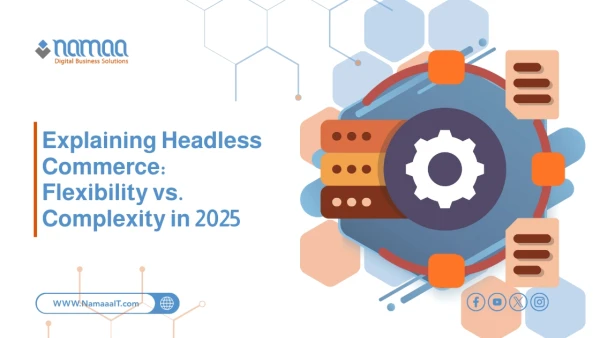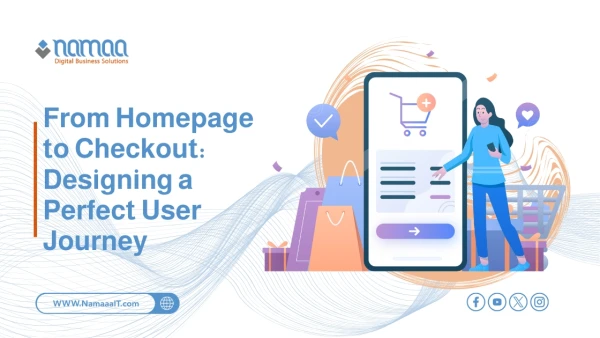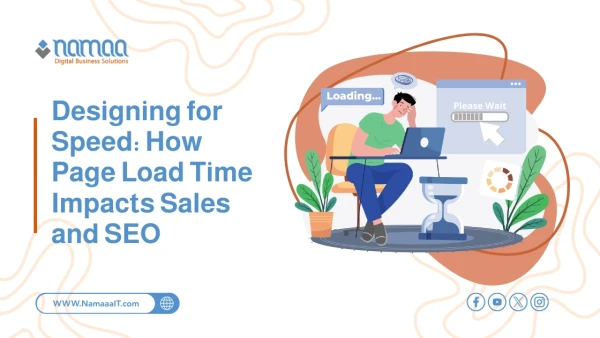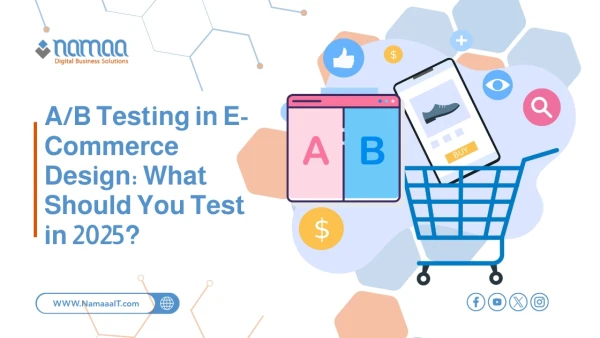Color psychology in product pages isn’t just about visual appeal—it's a strategic tool that directly influences purchasing decisions. In the digital shopping world, colors play a crucial role in shaping user impressions and guiding behavior. Studies show that colors evoke specific emotions; for example, red stimulates quick decision-making, blue enhances trust and calmness, yellow sparks optimism and grabs attention, and green conveys growth and balance. These psychological effects make color selection in product pages critically important.
When designing product pages, it’s essential to align colors with the intended message, while understanding the target audience and their cultural context. Colors not only impact aesthetics but also reinforce brand identity and boost user engagement.
What Is Color Psychology in E-Commerce?
Color psychology in e-commerce explores how colors used in website interfaces, product pages, and ads affect consumer behavior, emotions, and purchasing decisions. Here, colors are not seen as mere decoration but as psychological triggers capable of capturing attention, building trust, evoking emotion, or shaping perception. In the digital space—where senses like touch or smell are absent—vision becomes the primary channel, and color is the visual language that speaks to customers from the first moment.
By understanding this field, marketers and designers can learn how colors create immediate impressions and help build a strong brand identity. For instance, blue is often used to convey trust and professionalism, while red creates urgency or excitement. This interaction between color and the human mind reflects in conversion rates, time on page, and brand recall.
Color psychology isn’t limited to logos or buttons—it also includes backgrounds, headings, and text colors. Applying this science effectively can improve customer experience, increase product engagement, and create positive emotional associations with the brand. It’s not just an art, but a precise balance of visual perception and consumer behavior.
How Do Colors Affect User Experience in Online Stores?
User Experience (UX) in online stores is shaped by a sequence of impressions and interactions—colors play a pivotal role. From the moment a user visits a site, their eyes pick up color signals that influence comfort, navigation ability, and overall browsing mood. Poor or inconsistent color choices may lead to confusion or discomfort, negatively impacting the desire to explore or purchase.
Colors also determine the clarity of visual elements like buttons, titles, and product prices. For example, using a contrasting color for the "Add to Cart" button increases its visibility and likelihood of interaction. Colors can also guide users to specific sections or products, improving navigation flow.
Moreover, colors influence the perception of professionalism and trustworthiness. A site with a consistent, well-thought-out color palette feels more reliable. On the other hand, a chaotic design—no matter how good the products—can give off an impression of unreliability.
Color preferences also vary by culture, gender, and age, meaning UX can be significantly improved by considering these differences. When used strategically, color creates a smoother, more enjoyable experience, positively impacting metrics like time on site, product views, and purchase completion rates.
Choosing the Right Colors for Product Pages
Choosing product page colors isn’t a random or purely aesthetic decision—it’s a strategic process based on audience behavior, product type, and the brand message. It starts with defining the goal of the page: Is it to attract attention? Build trust? Trigger immediate purchases? Based on the goal, an appropriate color palette can be selected.
For example, if you're selling high-end tech products, dark blue or gray creates a sense of professionalism and reliability. Targeting a younger audience with entertainment products? Bright colors like orange or turquoise can be more effective in capturing attention and conveying energy. Neutral colors like white and black are commonly used for a clean, distraction-free product display.
Contrast is also key—contrasting background and text colors ensure readability. Repeating key brand colors in buttons and logos enhances visual harmony and brand identity. It's also vital to align with the overall brand visual identity to avoid inconsistencies across marketing channels.
Testing is crucial. A/B testing tools can compare how different color palettes affect real user behavior. In short, the best color choice isn’t what looks good—but what works best through data-backed results.
The Impact of Color Psychology on Purchase Decisions
Behavioral marketing studies confirm that colors don’t just affect impressions—they can actually change purchasing decisions. A study by the Loyes Changer Institute found that up to 90% of initial product judgments are based on color alone. That highlights how powerful color can be in prompting or preventing a purchase.
Neurologically, our brains react to color quickly and subconsciously. For example, red increases heart rate, which explains its use in sales and limited-time offers. Blue promotes feelings of safety and trust—hence its popularity among banks and software companies. Bright, cheerful colors activate brain areas related to joy and openness, while darker tones evoke seriousness or reservation.
Experiments also show that color contrast between the product and its background increases visual appeal and helps users decide faster. A brightly colored product on a neutral gray background stands out more—making it more likely to be chosen.
While color’s influence isn’t always direct, it interacts with other factors like price, copy, and imagery. Still, colors remain one of the fastest subconscious influencers on purchase decisions.
Warm vs. Cool Colors in E-Commerce Interface Design
In e-commerce UI design, colors are often grouped into two categories: warm colors and cool colors, each with distinct psychological and behavioral effects on shoppers.
Warm colors (like red, orange, yellow) evoke energy, excitement, and urgency. They’re ideal for limited-time deals, alerts, and quick-purchase CTAs. For instance, red increases urgency—making it a popular choice for "Buy Now" or "Today’s Deal" buttons.
Cool colors (like blue, green, purple) evoke stability, trust, and calmness. They’re commonly used in products that require more thoughtful decisions or convey professionalism—such as tech tools or financial services. Blue, in particular, is among the most trusted colors in e-commerce, widely used in payment pages or forms requiring sensitive data.
The difference goes beyond feeling—it shapes how users navigate a page. Warm colors attract the eye, while cool colors offer a comfortable browsing environment. That’s why thoughtful blending of both types is common, guiding user behavior without overwhelming them. The balance between warm and cool colors defines the rhythm of the visual experience, influencing content engagement, brand trust, and the desire to buy or explore.
Top Tools for Choosing Effective Color Palettes
Selecting the ideal color palette for an online store or product page is a strategic decision—and there are advanced digital tools to guide you based on both aesthetics and data:
Adobe Color: Allows you to build harmonious palettes using color theory rules (e.g., complementary, triadic). You can test color balance and export schemes directly to design software.
Coolors: Generates instant palettes with customization options for gradients and favorites. It’s fast and user-friendly, great for quick iterations or testing ideas.
Khroma: Uses AI to learn your preferences and suggests colors tailored to your taste, offering a personalized experience.
Canva Color Palette Generator: Upload a product image, and it generates a palette based on the image colors—ideal for visual brand consistency starting from the product itself.
Integrating Color Psychology into Your Digital Marketing Strategy
Using color psychology in digital marketing isn’t about picking a pretty color for a logo or button—it’s about strategic integration across your brand's message, audience, and content.
It starts with understanding your brand identity: What values do you represent? Who is your audience? What emotions do you want to evoke? These answers guide you to colors that reinforce the right impression at every touchpoint—on your website, in ads, and even in emails.
In advertising, colors can prioritize messages and guide attention. An ad using red for discounts and blue for CTAs creates a balanced, eye-guiding layout.
In email marketing, using brand-consistent colors builds trust and visual harmony.
On social media, sticking to a cohesive color palette improves brand recognition and boosts visibility.
Audience testing is key. What appeals to a younger demographic may not work for older audiences. That’s why performance analysis is crucial: Did clicks increase after changing the button color? Did a background tweak lead to longer session durations?
In short, color psychology isn’t cosmetic—it’s a strategic asset that drives sales, loyalty, and brand perception.
Summary
✅ 90% of initial product judgments are based on color within seconds.
✅ Warm colors (e.g., red, orange) encourage attention and quick decisions; cool colors (e.g., blue, green) promote trust and calmness.
✅ Proper color use improves UX, with visual harmony and contrast increasing time on site by up to 85%.
✅ Tools like Adobe Color, Coolors, and Canva help craft data-driven, effective palettes.
✅ Integrating color choices into your full marketing strategy can boost brand recognition and campaign engagement by 24%.

.webp)







